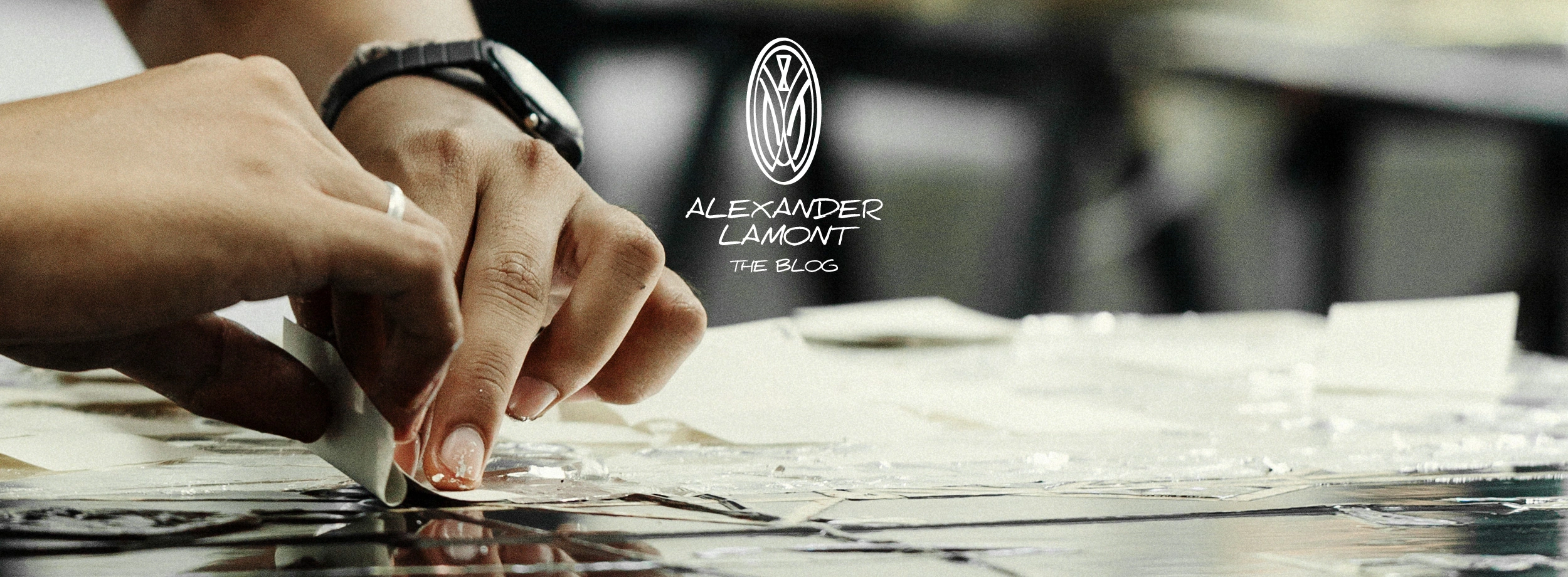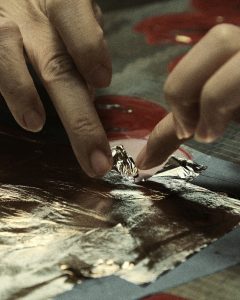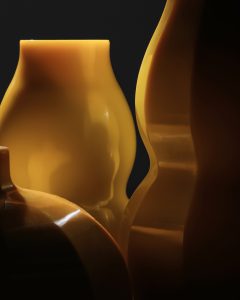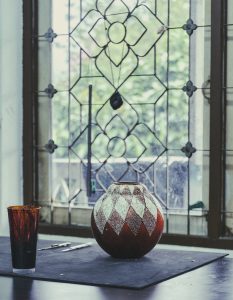India is a place that lives in ones imaginations as vividly as it does in the reality of the experiences traveling there. I am just back from India where I had Christmas and New Year with friends in Goa before going north to Delhi, Moradabad and Agra.
My first visit to India was in 1971 and that trip has lived ever since in my memory as an eclectic dream. I was only three years old at the time so separating fact from fiction is difficult as I also have the exuberant descriptions from my mother that serve to richly colour the layers of memory.
I can remember the Taj Mahal Palace Hotel in Bombay where we stayed upon arrival; white open atriums and huge white rooms with blue sky windows. My Mum thought she had arrived in paradise after the previous three years spent living in a remote village in Kenya. I can also vaguely remember the climbing frame where I climbed every day in our house in Bangalore and a huge ice cream sundae called the Blue Fox Special that I am told we ate every Sunday.
In India we had a Jack Russell called Wesley, named after the founder of the Methodist Church. Oddly enough, my most vivid memory of that first six month stay in India is being outside a white house with Wesley in Bangalore, finding a piece of orange car indicator light cover and having an intense moment of bliss as I held the vivid plastic up to the light and had the clear sensation of looking through orange Fanta. Such is the power of connection and longevity between our senses, experiences and materials.
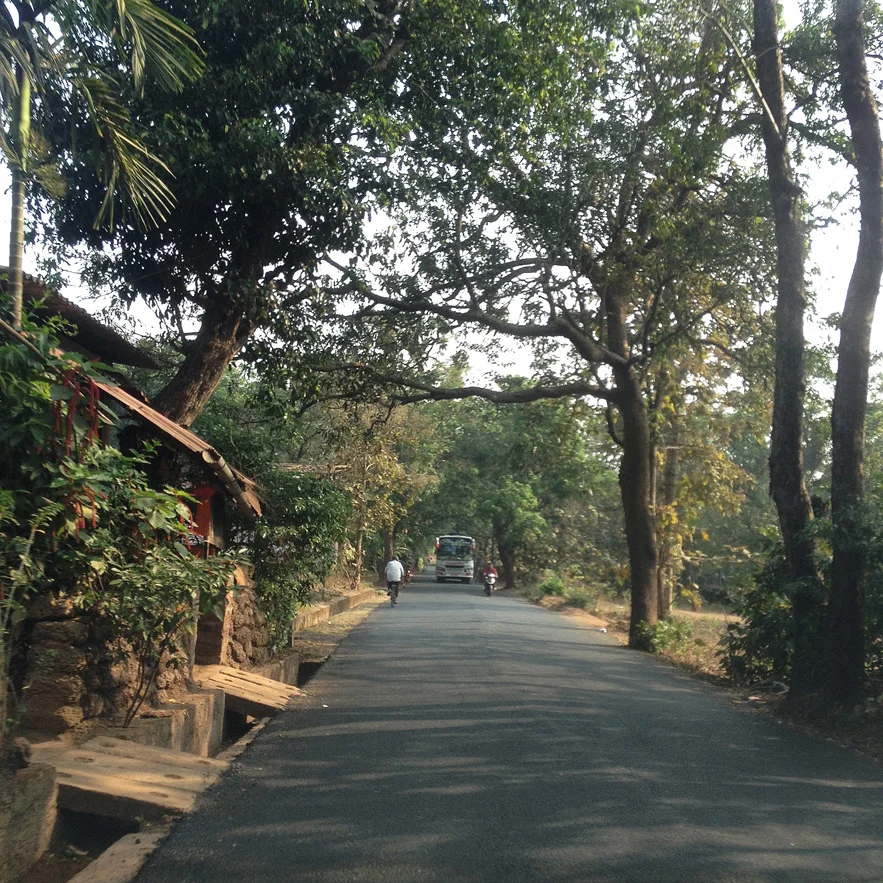
Since that trip I have been to India a number of times for work or travel. One memorable trip in 1991 was as a student when I took the train from Delhi to Calcutta one winter and then crossed the Bangladesh border on a cycle rickshaw to go to a friends wedding in Dhaka. My friend Jasper and I stopped in Benares on the way and walked along the Ghats photographing the mist on the river and the funeral pyres that burned constantly fulfilling Hindu wishes to end all things scattered upon the Ganges.
Many times I went to Rajasthan looking for treasure with my Dad who ran shops in England full of the abundance of traditional Asian and African folkarts. It was on those buying trips that the smells and air and sounds of India made an impression that lives powerfully today in my olfactory memory bank. We would leave England with its low grey skies, land in Delhi and drive in an Ambassador car with curtains to pink or blue cities with mountaintop forts that spread out beside the desert. It felt to me that India was a sort of perfect opposite from my quiet, ordered, odorless and ‘low-colour-saturation’ life in England.
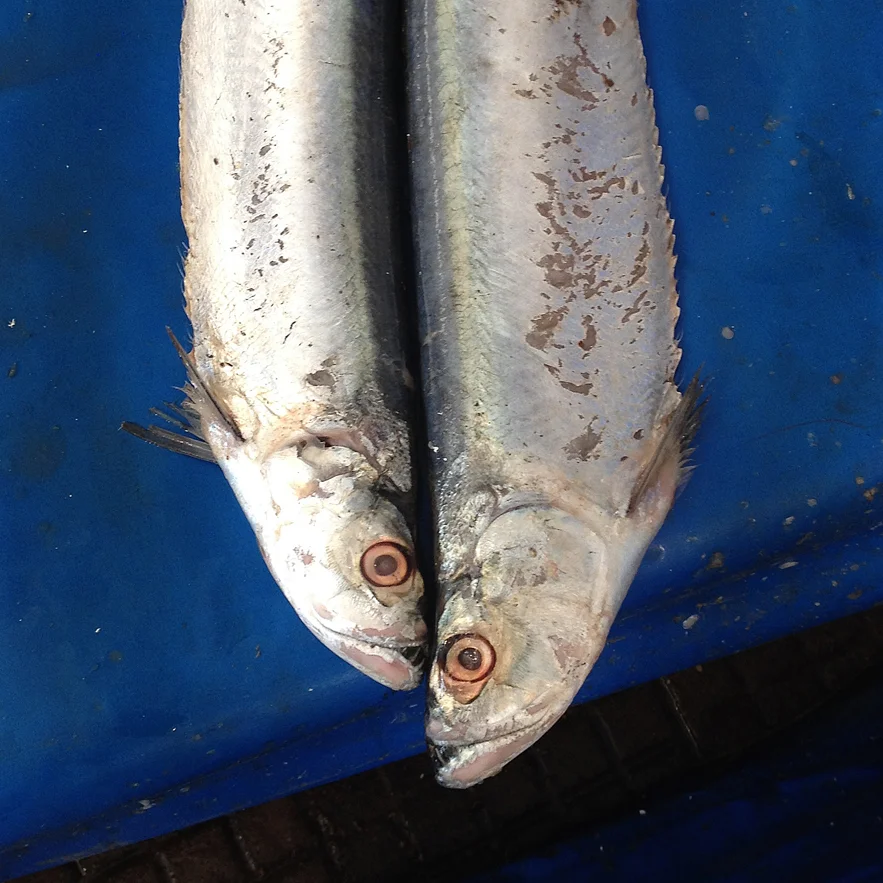
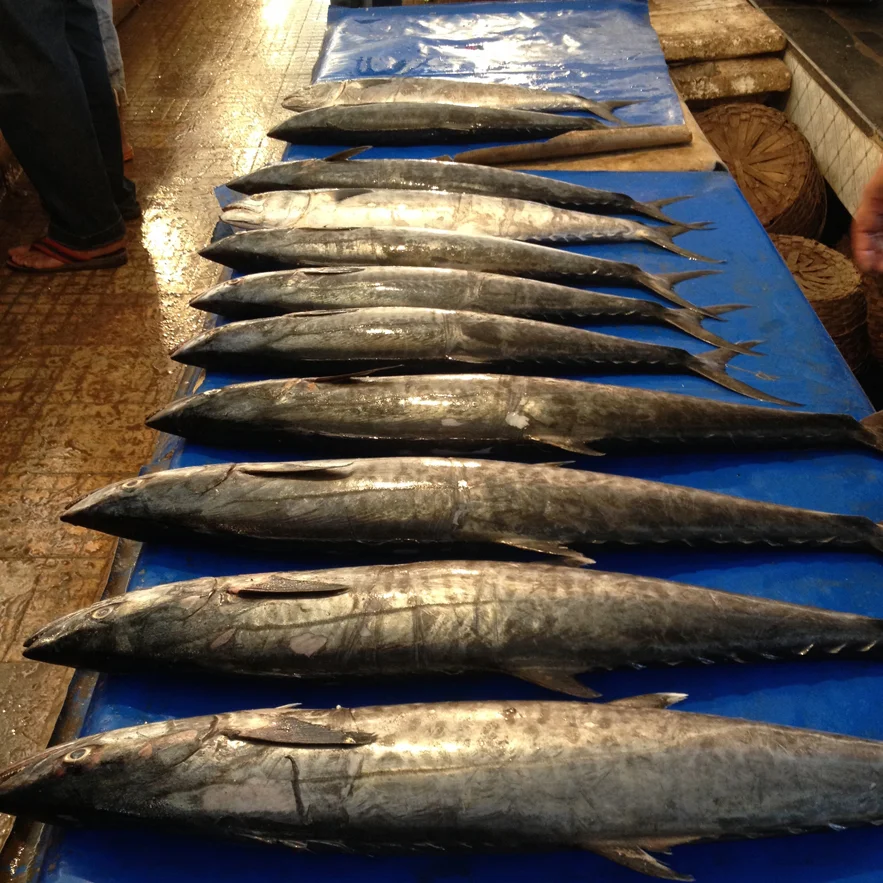
On this most recent trip I wanted my children to have a childhood experience of India as I had – such experiences being so much more intense when young! So we flew to Bombay and on to Goa where we stayed in the South near the town of Margao with our friends the Dayals. We would plan each day around food and trips. We spent a lot of time at the wet market choosing fresh fish to grill at home or going out to beach shacks beside the Arabian Sea with Goan prawn curry and the delicious Kingfisher beer.
Goa proved to be a gentle and easy place to spend time. Portuguese period villas sit along the roads beside tall palms; traffic is light and the sea is close by with wide open beaches and rocky surf. We visited Old Goa – in 1550 the largest city in the world; Panjim with its artistic Fontainhaus quarter and we made just one trip to north Goa, famous for its ‘happening ‘ beaches but the traffic and crush were not somewhere we will return to! If Bali and North Goa are anything to go by, Goa will not be like this forever so go now and stay in the south!
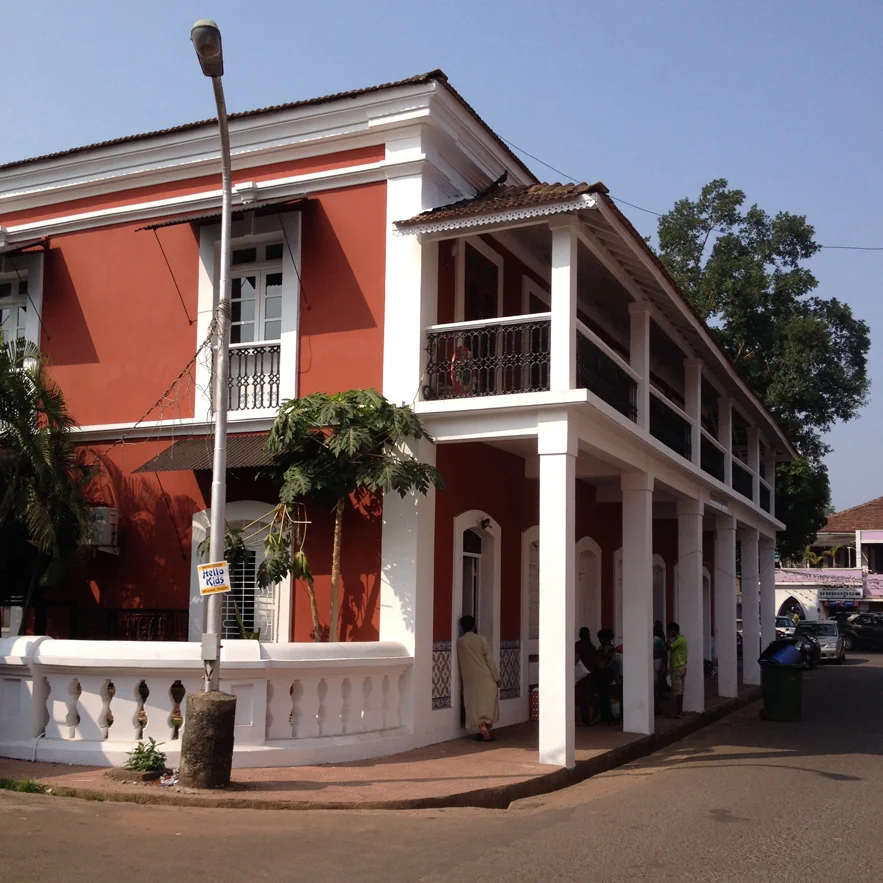

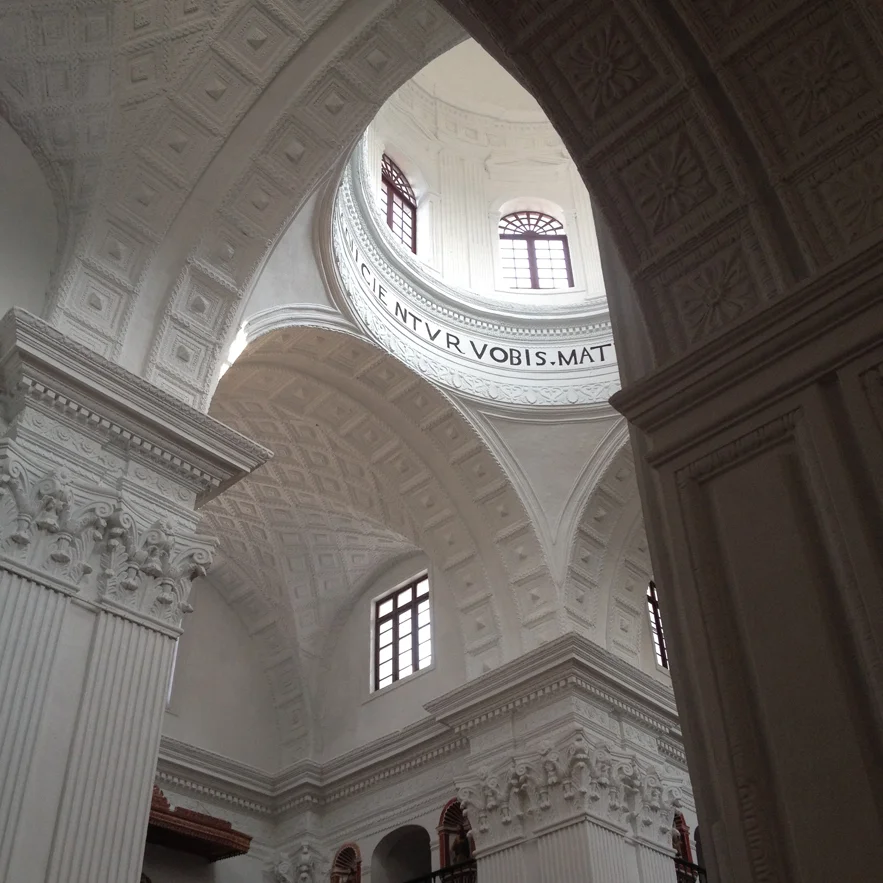

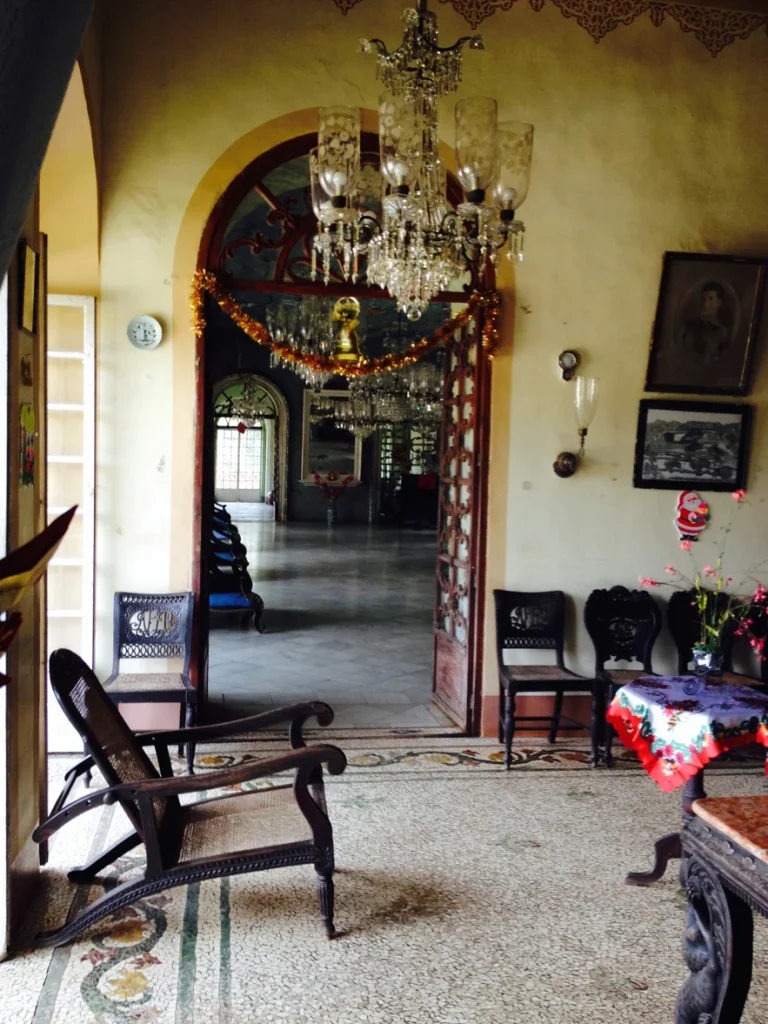
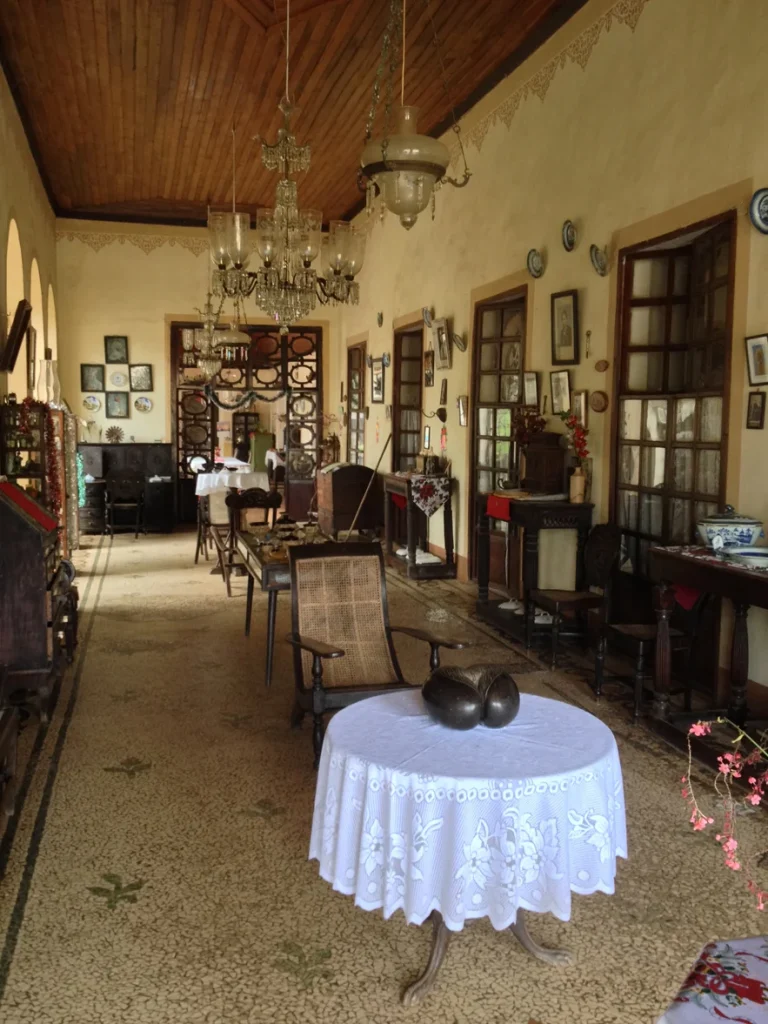
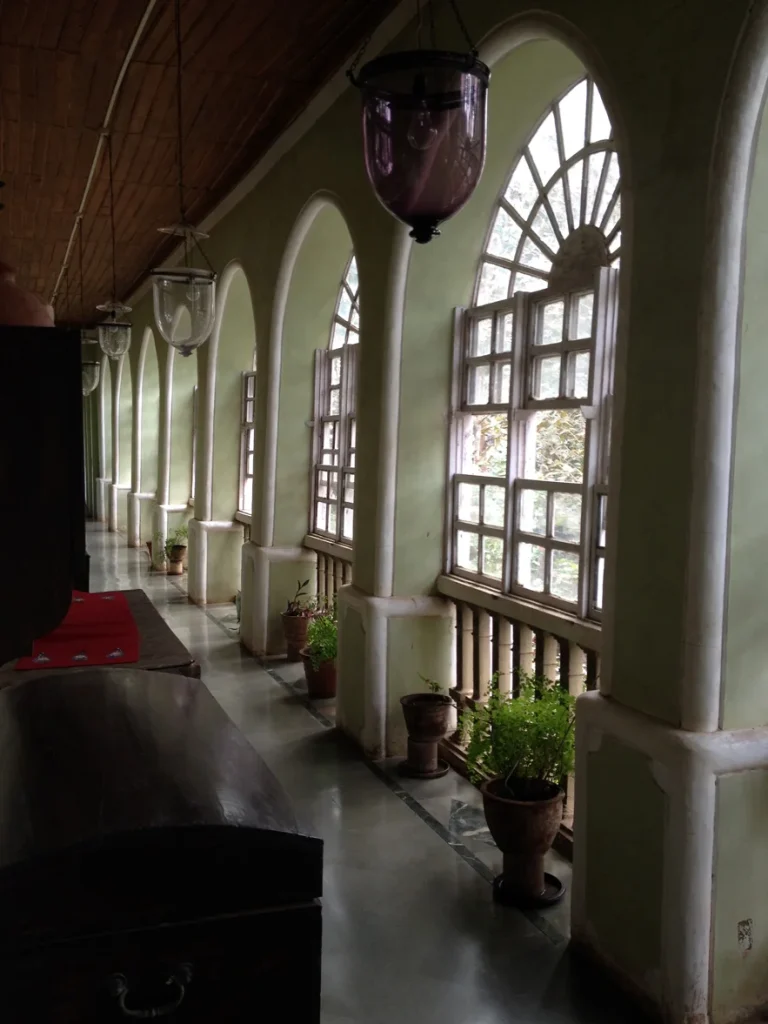
After the quiet of Goa, we started our first day in Delhi not in the stunning boulevards of Lutyens New Delhi but in the rushing narrow corridors of Old Delhi. By arriving early at the Jama Masjid (one of India’s biggest mosques built in 1665), the wide stone-tiled open area was empty and we looked across to the Mughal spires of the Red Fort nearby. We took cycle rickshaws through the narrow lanes stopping to visit a 16th century haveli (mansion house) and also the haveli of Mirza Ghalib a 19th century Urdu poet. The transportation was an enthralling experience as the covered rickshaw allows one a vantage with anonymity from the curiosity of crowds in a vehicle built for such alleys. The bazaars appear to have changed little for centuries, with small businesses seemingly cut into the very walls making food, selling jewelery and shoes or offering worshippers access to the shrines within.
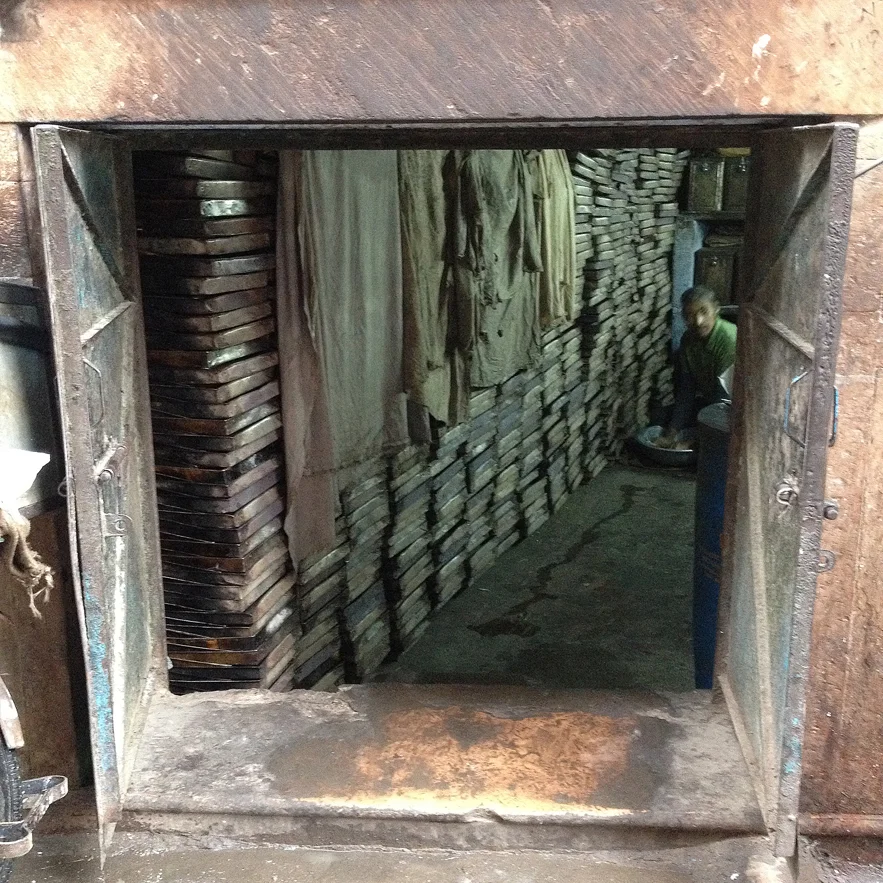

We had two exquisite meals while in Delhi: the best was a wonderful meal of Northwestern food at the Bukhara restaurant where we ate the famous dahl (slow-cooked for 18 hours) and the Mutton Raan (goat leg), alongside a giant tandoori Nan bread. We also ate a very good Indian lunch at the Imperial Hotel. Long are the days when my Dad would clap his hands and the Chai Wallah would bring us a tray of tea and biscuits at the Imperial. Now Chanel and Louis Vuitton are tenants downstairs. We stayed at the Ambassador Hotel, where I had also stayed as a teenager. The lobby, perfume and rooms have not changed a bit and the location, a short walk from Khan Market made it, as everyone told us “very well located.”
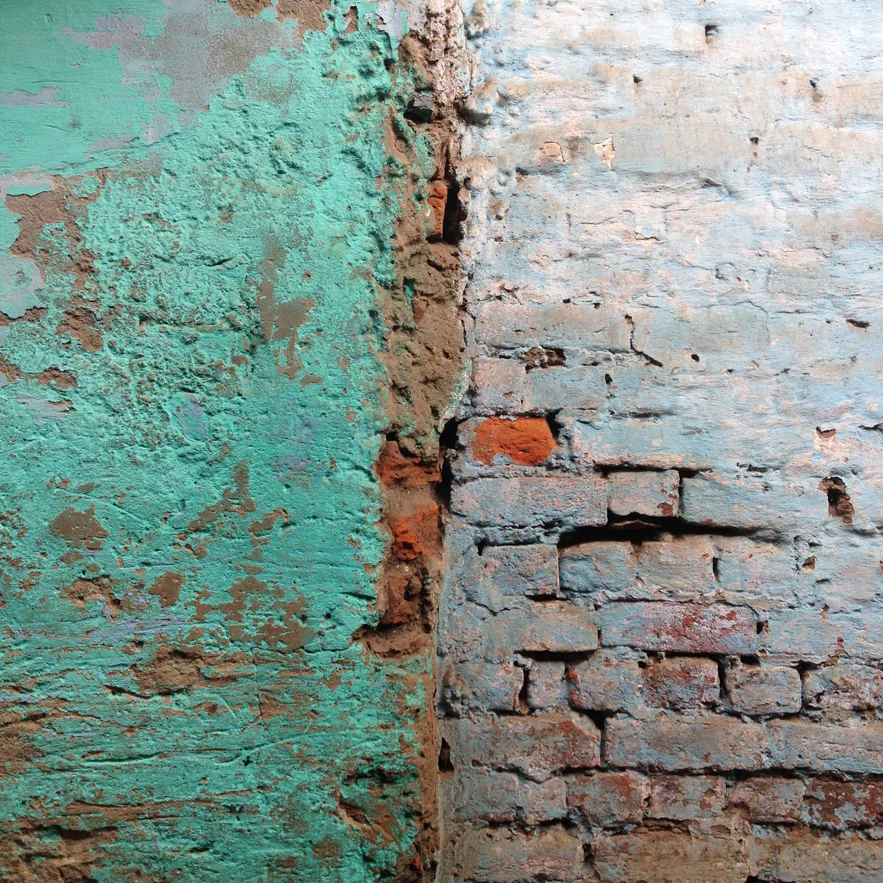



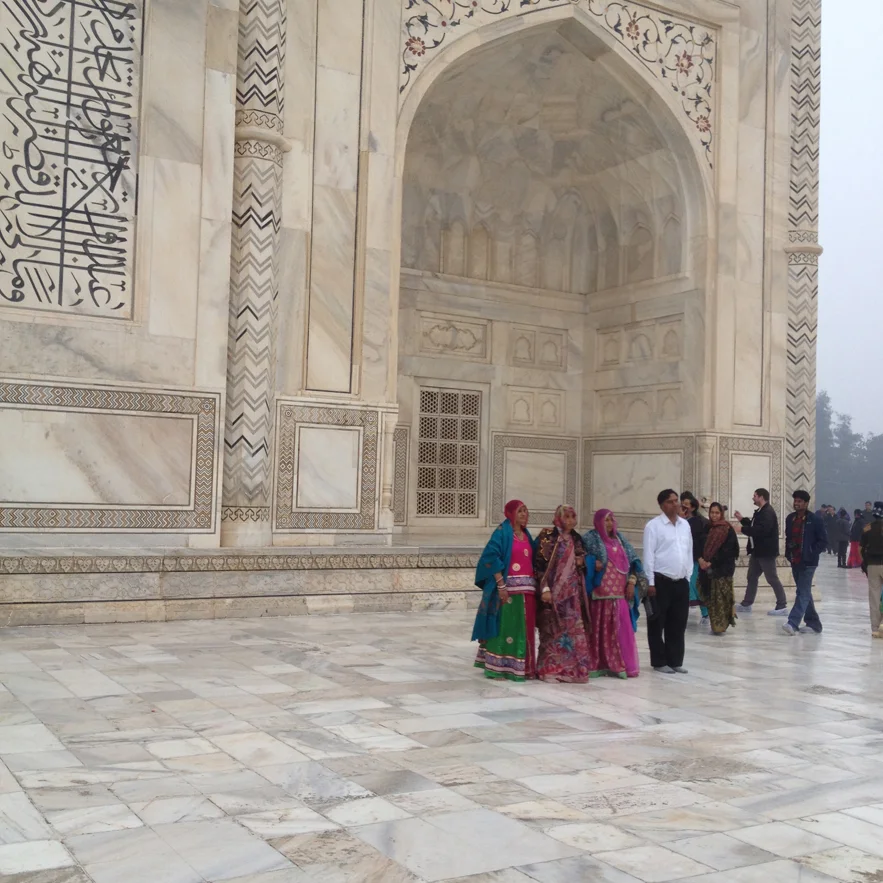
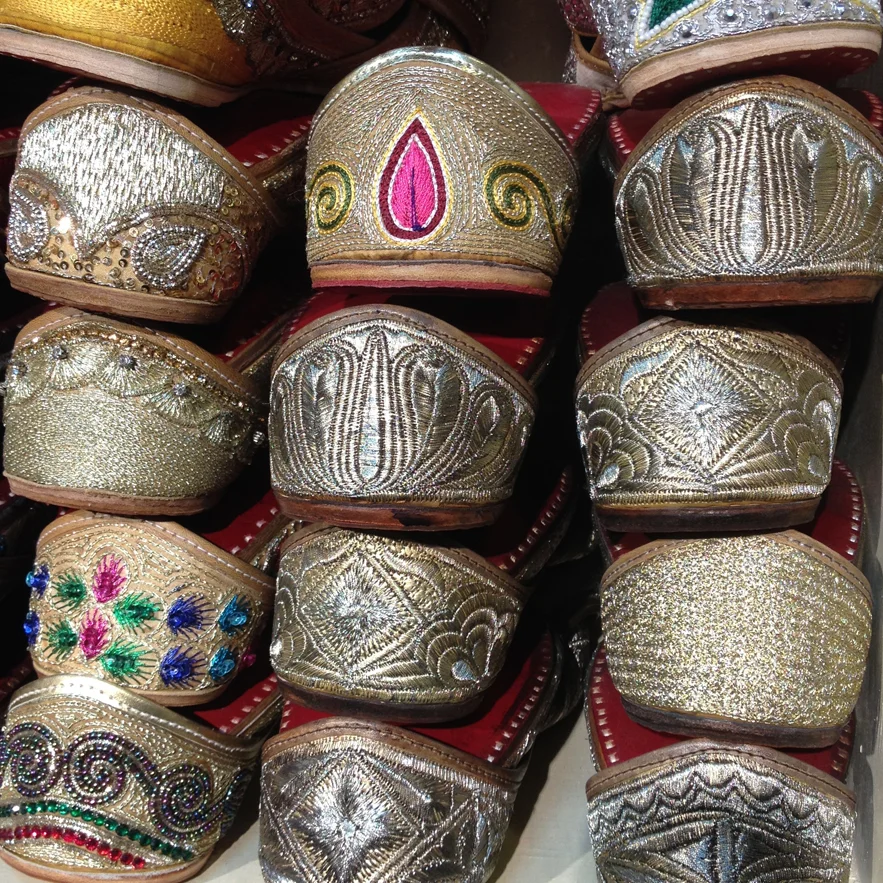
I took my family to meet the antique dealers of Sundar Nagar who had supplied my father for decades. We visited the tomb of Humayun on which the Taj Mahal was based. We stood at India Gate and looked down towards the Rashtrapati Bhavan (one of the most impressively elegant and impressive national avenues in the world) and drove down the surrounding roads with their bungalows built for the British administrators and now lived in by Indian ministers of state.
I spent an extra few days visiting artisans in Moradabad, Agra and the suburbs of Delhi who were working with metals, stone, glass, paper, carpets and other materials. The quality and organization was impressive and the people I met were extremely charming but the results of this part of the trip are for another blog post. I came back to Bangkok refreshed and excited to get back to designing and making things – my very favourite sort of trip!
